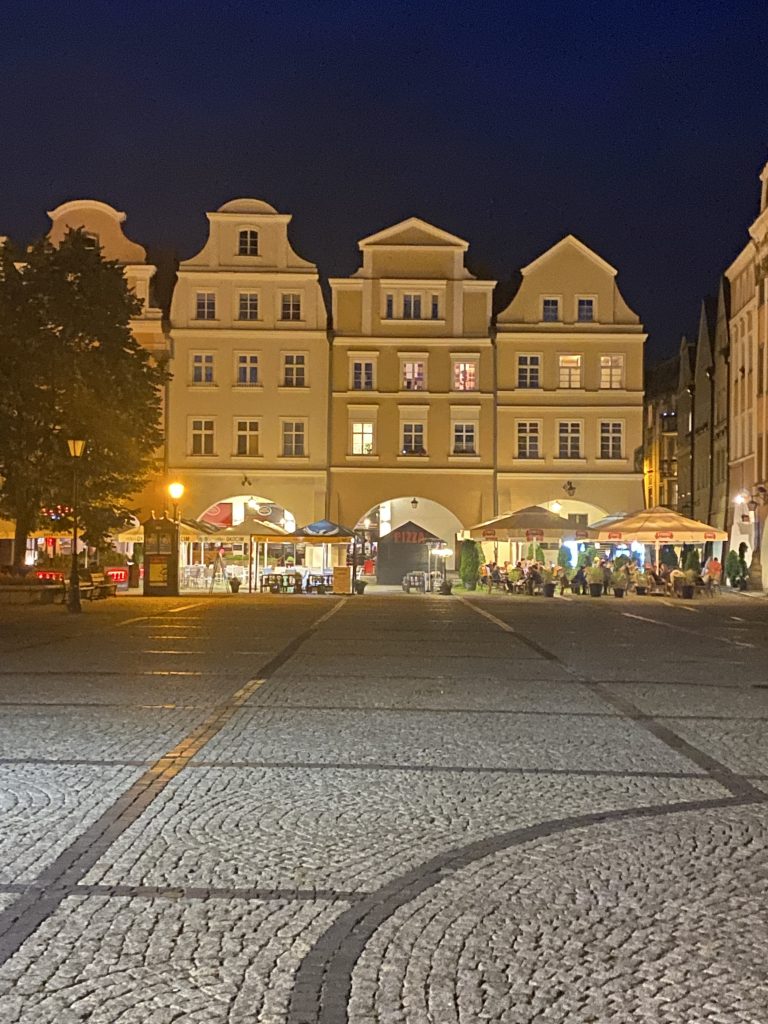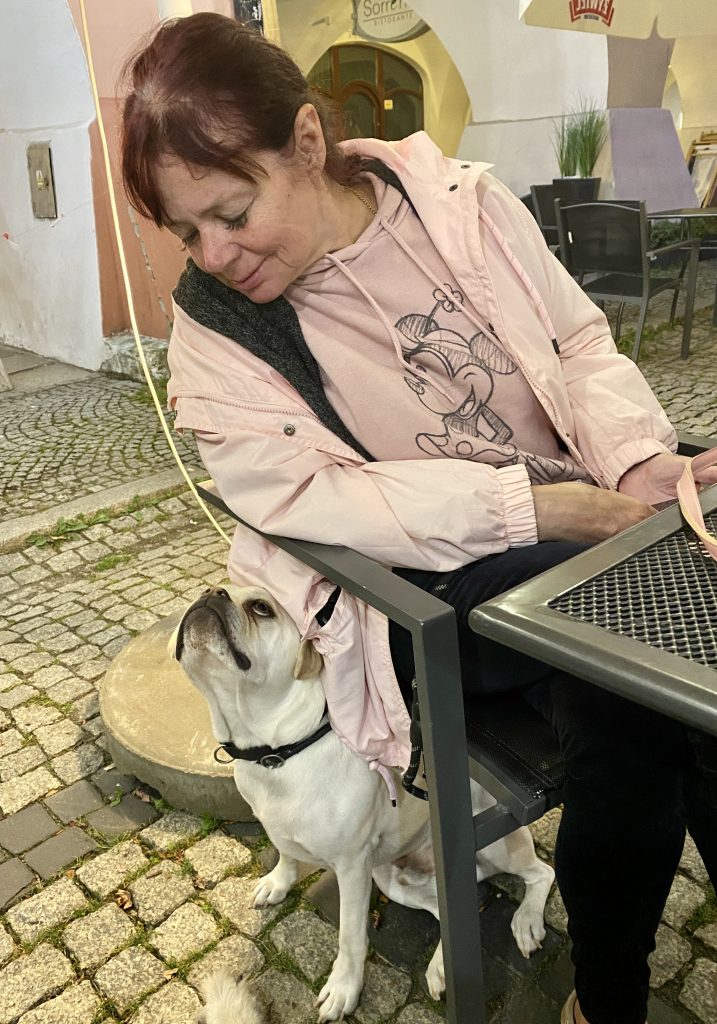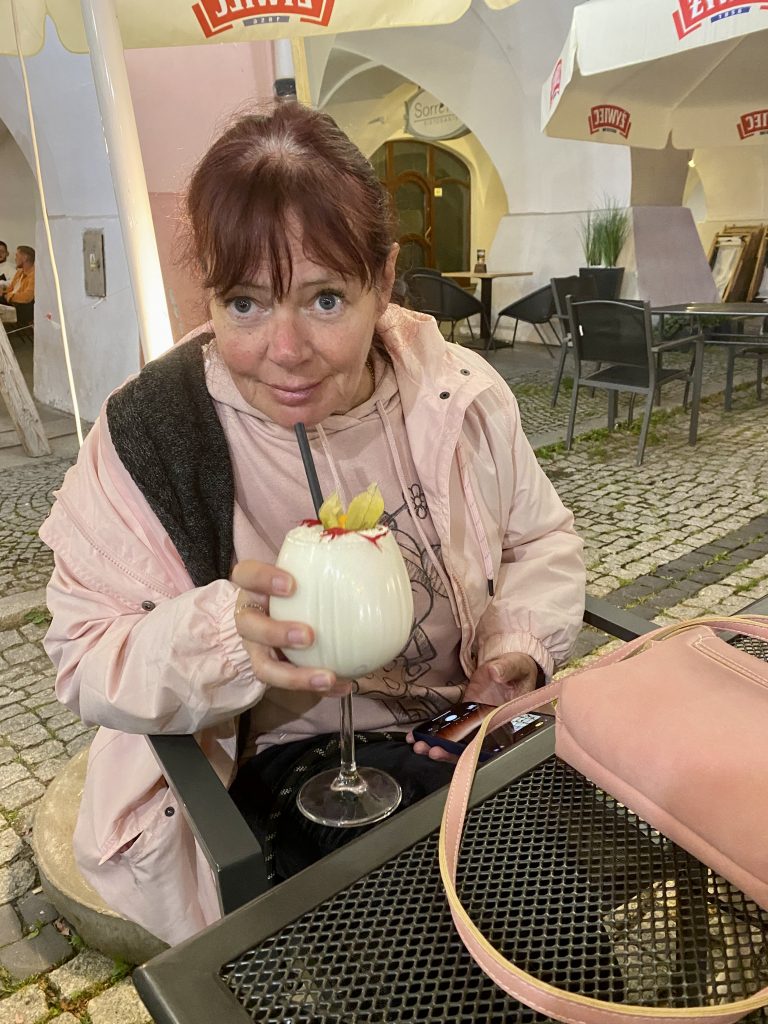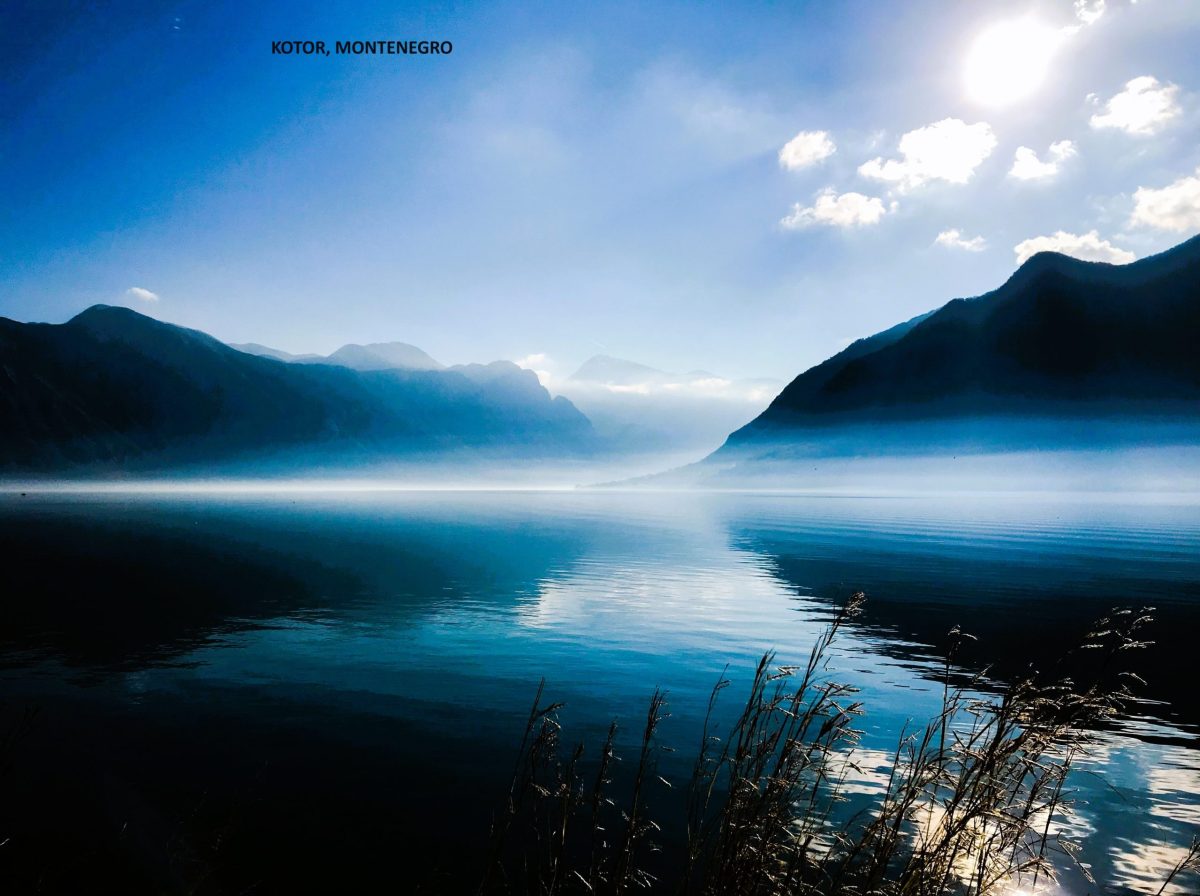I’ve been to Poland before (on business) but only to the cities of Warsaw and Gdansk (& Gdynia). I’ve not visited this part of Poland and this is Vanya’s first time in the country. We were both looking forward to crossing the border from Germany and seeing a little bit of Lower Silesia.
Lower Silesia is a south west region of Poland near the Czech border and the Karkonosze Mountains. Jelenia Gora was established around the 11th century and is now a sizeable city of 80,000 people. By the year 1000, Silesia was part of the kingdom of Poland but, following the first invasion of Poland by the Mongols, Poland and especially those lands in the control of the Silesian Dukes became wholly fragmented and, after the Mongols withdrew, the country fell under Bohemian (later Czech) rule. In 1526 it became Austrian under the Hapsburgs. It then changed hands a number of times. Prussia (later Germany) seized it during the mid 18th century but at the end of WW1, when the Poles and the Czechs regained their independence, Lower Silesia was divided between them. In the late 1930’s Germany again seized the Polish and Czech controlled parts of Silesia. Most recently, at the end of WW2, Jelenia Gora (along with other large parts of Silesia) became Polish once again with all resident Germans being forcibly expelled and replaced by Poles whose own lands had been annexed by the USSR. Turbulent times indeed and believe me, the above is a most simplistic version of events. Enough of the history.
Despite all the turbulence surrounding the place, the town of Jelenia Gora came out of WW2 remarkably intact. As usual I made first for the old town; the centre of which in Jelenia Gora is the Market Square with it’s surrounding arcades, the town hall, restaurants, cafes, colourful old merchant’s houses and a Neptune fountain. I never did discover the story behind the fountain.
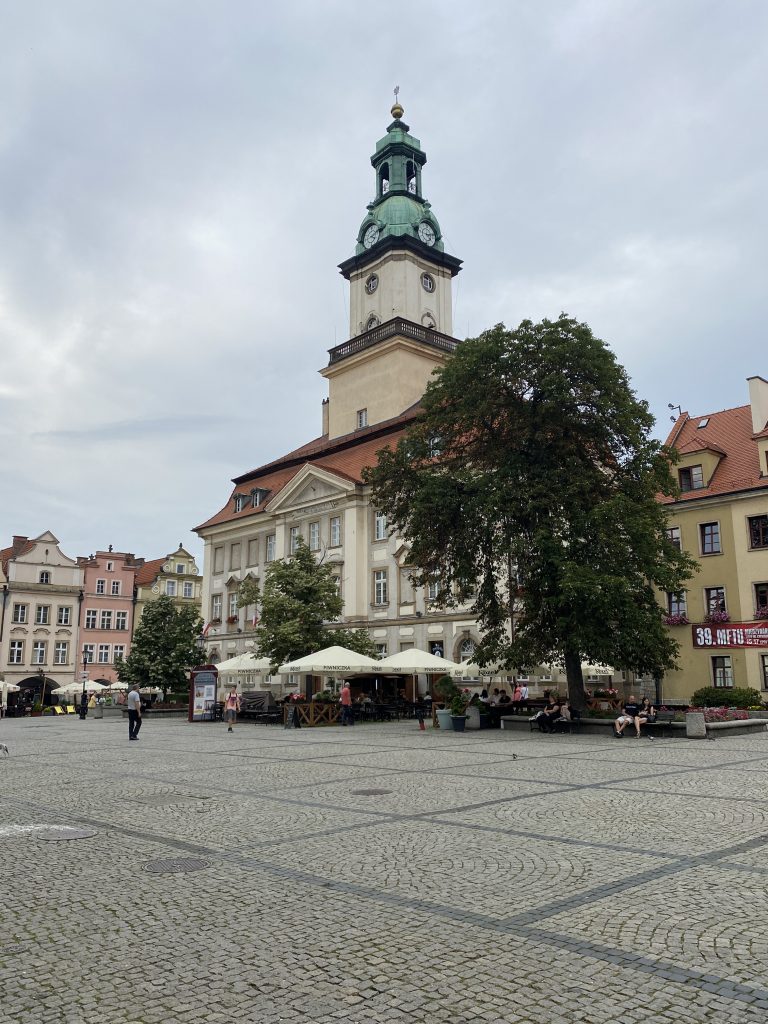
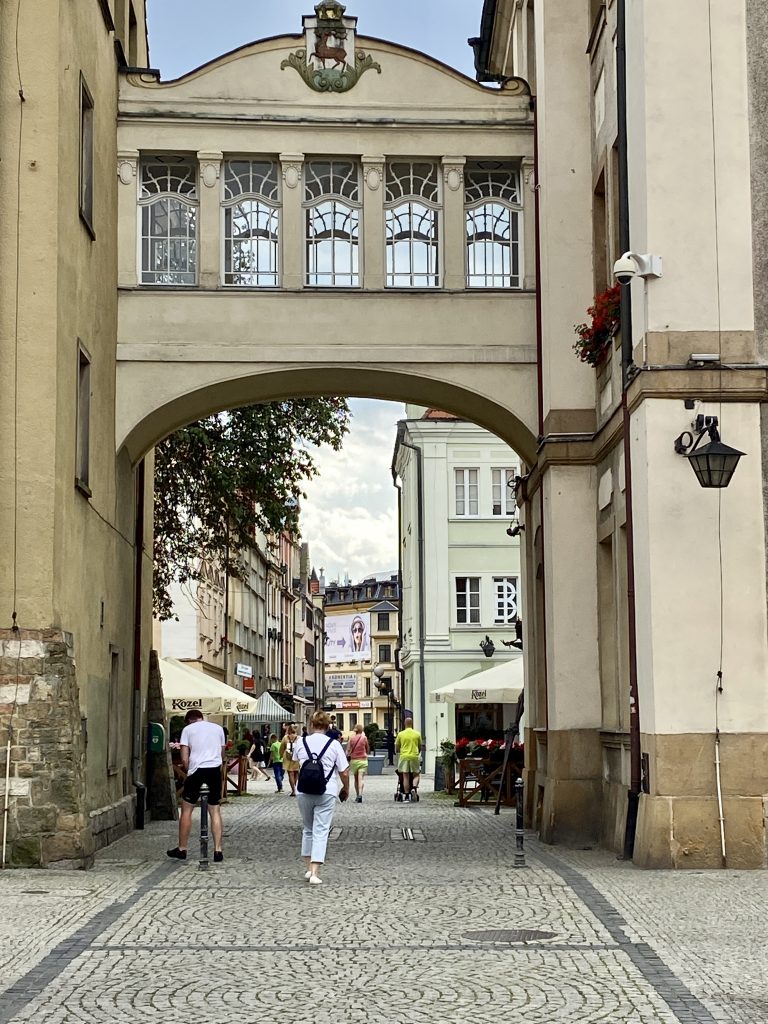
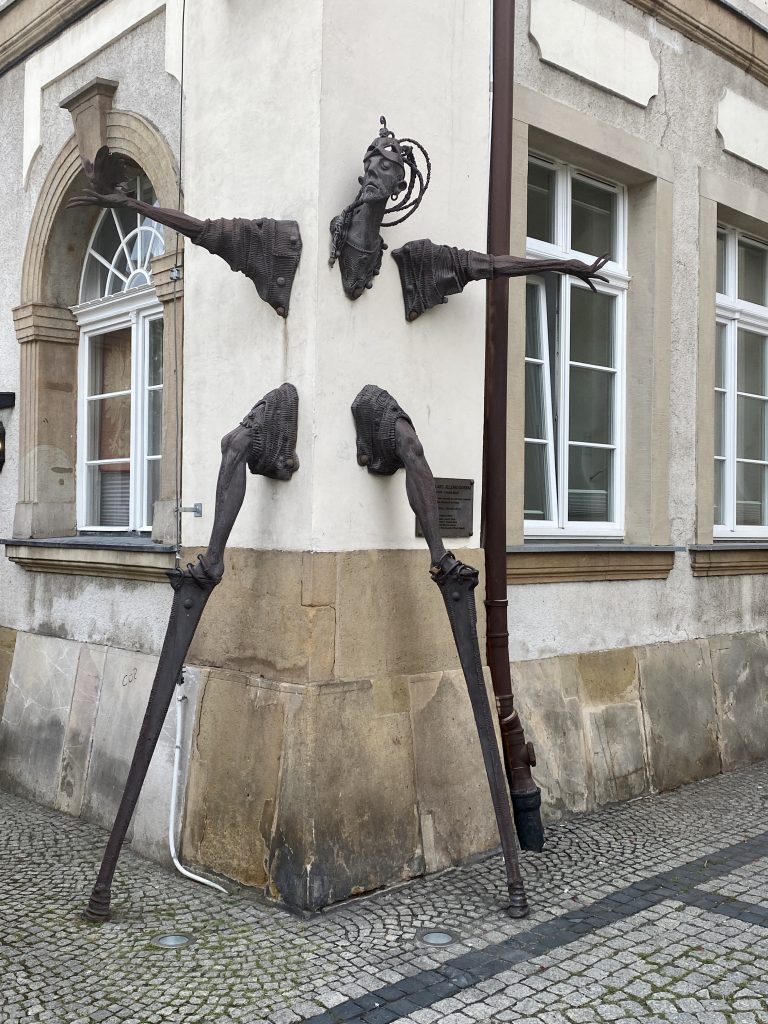
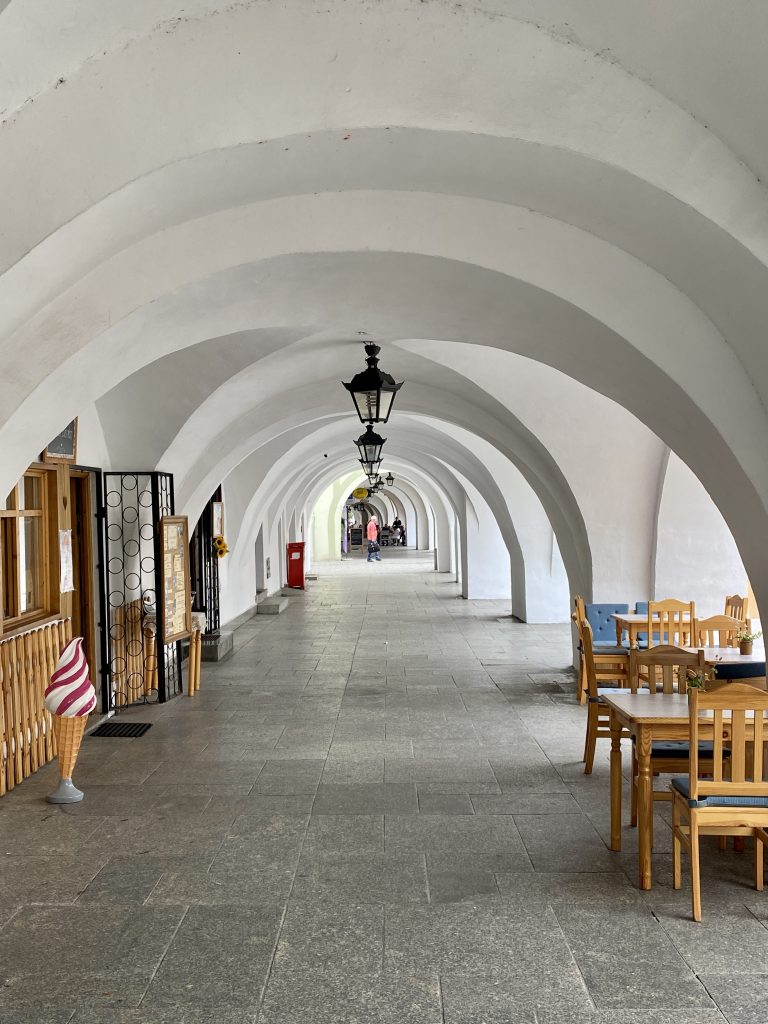
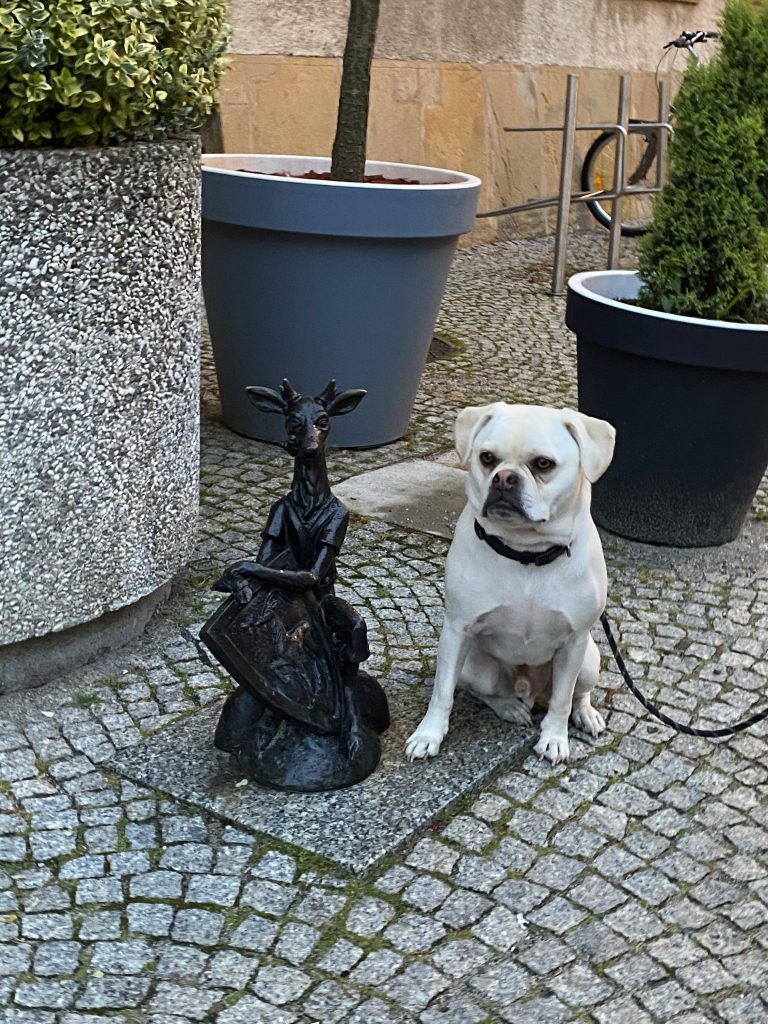

Moving away from the square I passed the minor basilica of St Erasmus and St Pancras which was built between the 14th and 15th centuries. Pausing at the church I couldn’t help but notice that all of the epitaphs carved into the church walls are written in German; a reminder that this part of Silesia was for many years wholly German.
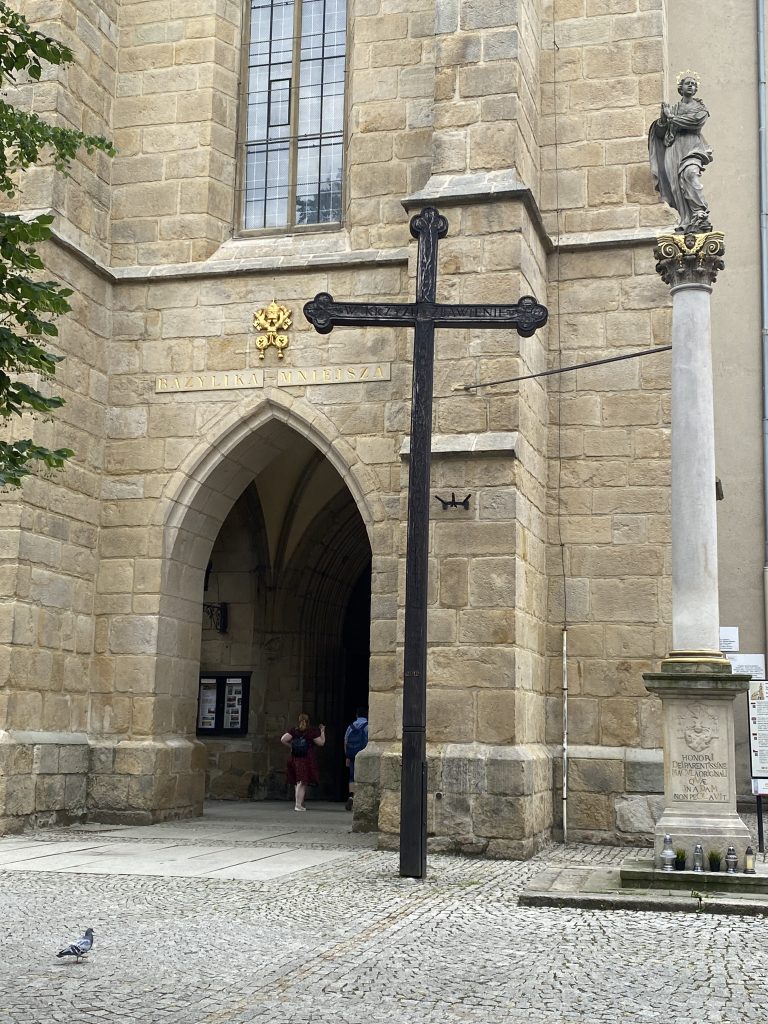
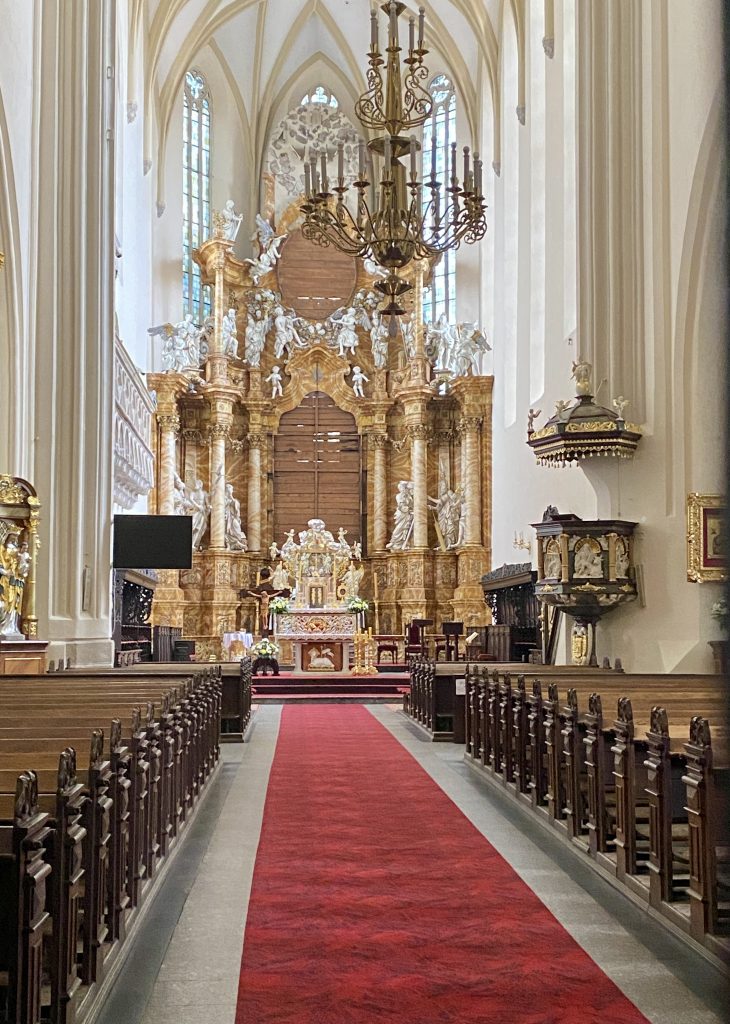
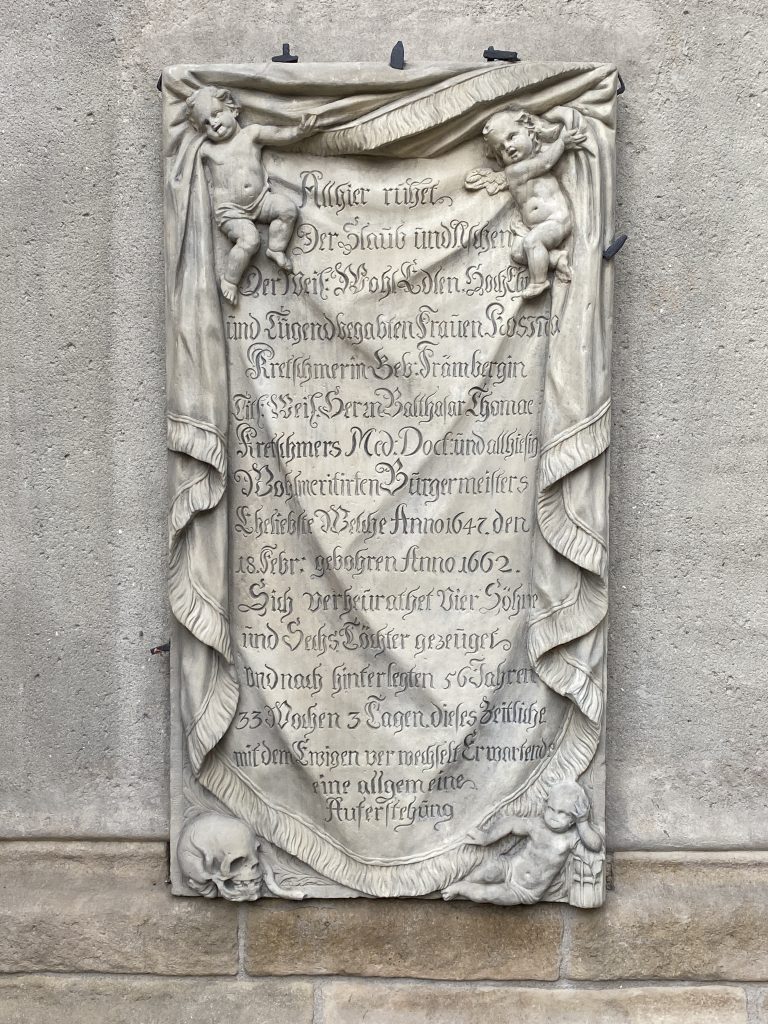
Further on I came across the Wojanowska Tower and Gate. This entrance into the town dates back to the 14th century when it became necessary to upgrade the town’s fortifications, not least because of the development of firearms. The gate has three coats of arms on it being the Silesian, Polish and Prussian. I am surprised that this latter coat of arms is still on display given the diligence the city fathers appear to have shown in removing all things German during the years immediately after WW2.

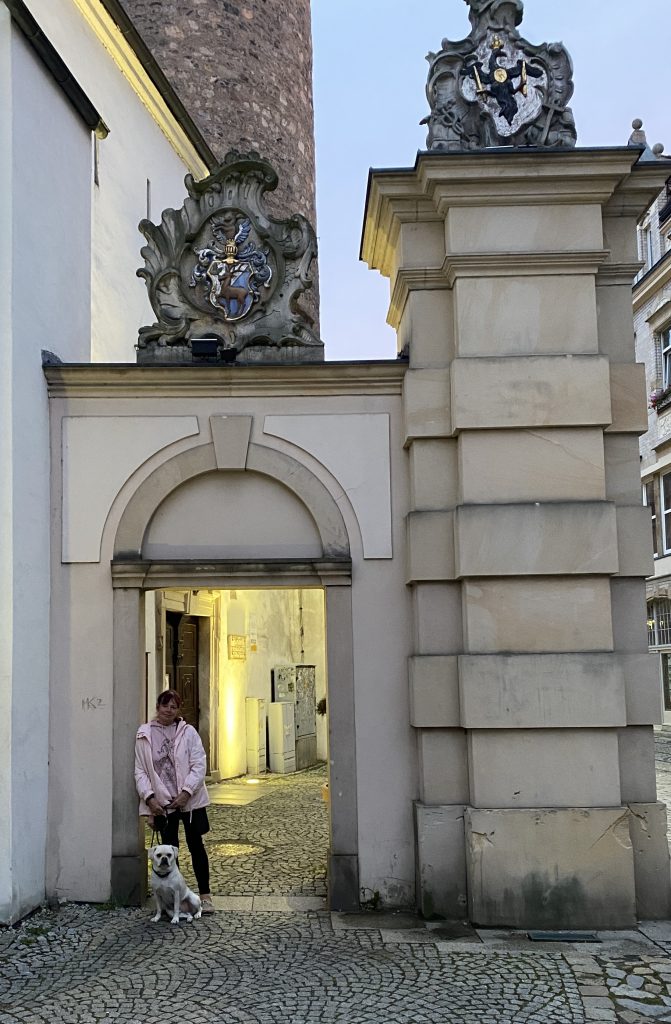
Just outside the Wojanowska gate, a little further along the street known as 1 Maja, is the city’s most impressive building, the Holy Cross Church. This was originally a Lutheran church built in 1718. It was taken over by the catholic church in 1945. The outside is not that impressive but the inside is so incredibly ornate, it matches anything I have previously seen in the Orthodox Churches in the Balkans. It blew me away. And big! I read that it can accommodate up to 10,000 people incliuding 4,000 seated. If there is one building worth seeing in Jelenia Gora it is the Holy Cross Church.
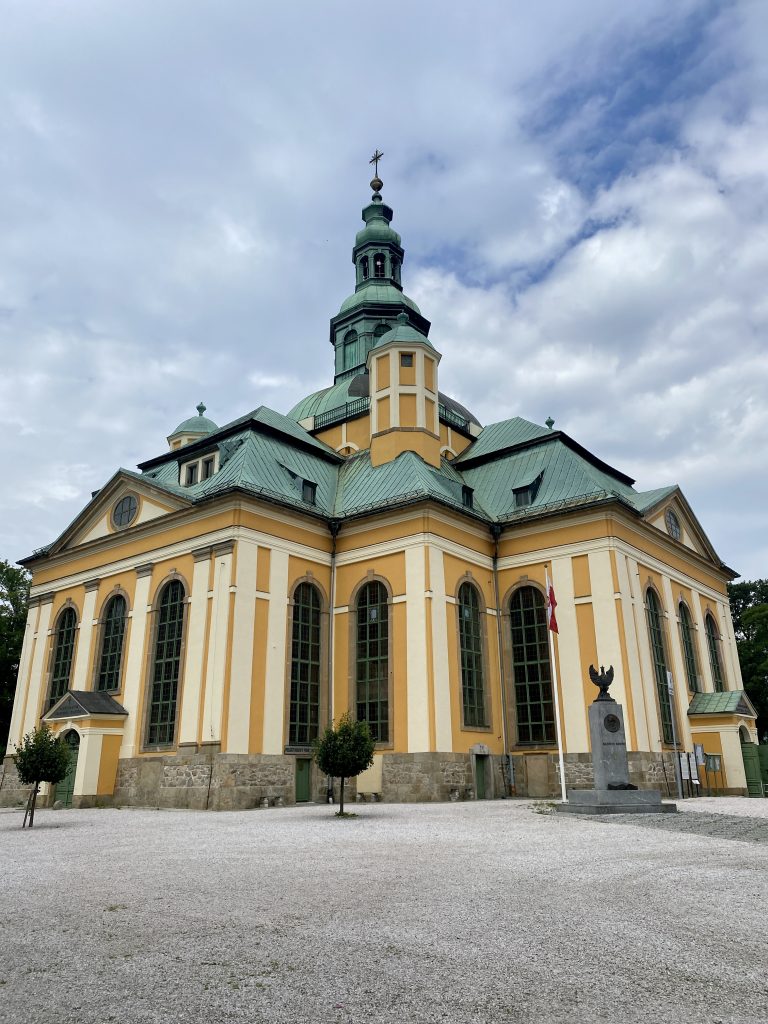
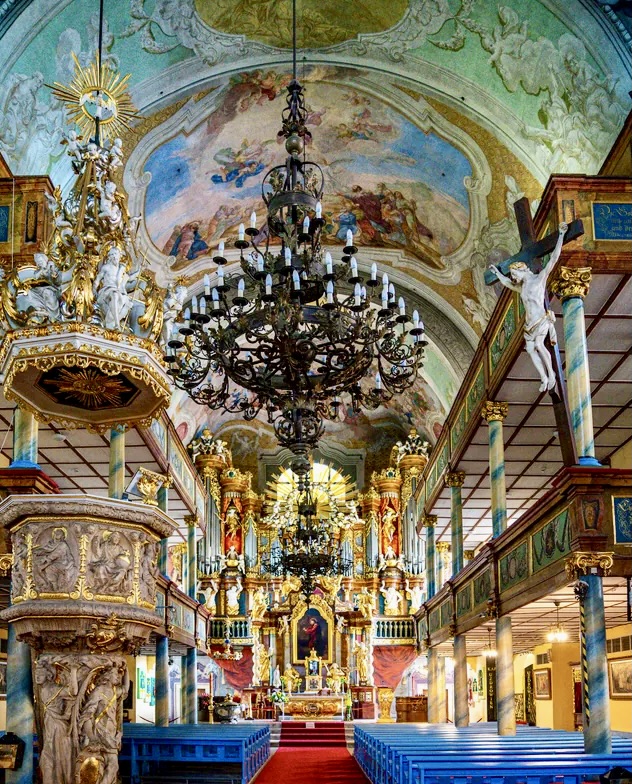
We were unsure as to what to expect from either Jelenia Gora or the campsite we were staying at but were pleasantly surprised on both counts. That evening we headed back into the city for food and drink and…
